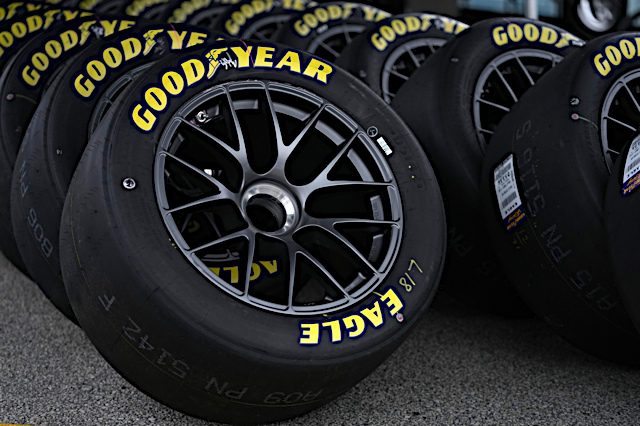To call this past weekend’s NASCAR Cup Series race at Texas Motor Speedway a low-point in the lifecycle of the Next Gen car would be an understatement. Several leaders — not just cars — wrecked out of the race with blown tires; some after just 30 or so laps. Following a Bristol Motor Speedway race that saw multiple playoff contenders affected by steering issues, to follow that up on a completely different surface and track layout is obviously cause for concern.
As the sole tire provider for NASCAR for almost 30 years, is it time for NASCAR to once again open up the playing field to new suppliers? This week Vito Pugliese and Clayton Caldwell tackle the topic in 2-Headed Monster.
I’m Rubber, You’re Glue…
With as many spins and flat tires as there were during Sunday’s (Sept. 25) NASCAR Cup race at Texas Motor Speedway, the NASCAR community — fans and competitors alike — were awash in anger. Nobody was immune from the 16 caution flags, and the most vulnerable place to be seemed to be at the front of the field. Kevin Harvick, Martin Truex, Jr., and Chase Elliott – all past champions – succumbed to blown right rear tires while comfortably leading.
Several others suffered similar fates, like Chris Buescher.
Naturally, whenever a tire appears to be the culprit of a crash, Goodyear gets called out on the carpet. The memes likening the rash of blown tires to the 2008 Brickyard 400 at Indianapolis Motor Speedway – the race that all but killed enthusiasm for the oval event – began to fly as wildly as the debris field from the latest contact with the turn 4 wall.
Greg Stucker from Goodyear issued a statement – or rationalization – saying that the laundry list of reasons he offered weren’t excuses, as to why there were so many problems that night. While the tire supplier is the natural punching bag for when there are tire issues, it’s not always Akron’s fault. At times it might seem to be a trite phrase to say, “it’s not the tires, it’s what the teams are doing to them,” but in this case, it very likely may be what the teams are doing to them.
Rodney Childers on Monday offered a series of tweets suggesting the issue was the result of teams airing the tires down below the recommended air pressure, in an effort to lower the ride height of the car by a staggering .100 in order to get the under-body diffuser that much closer to the track.
My two cents.. pic.twitter.com/Bjq90qZYRo
Click Here to Read the Full Original Article at Frontstretch…

